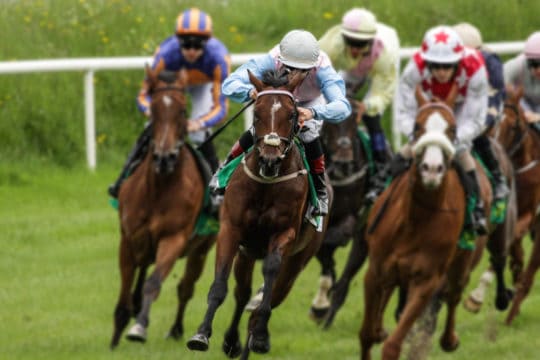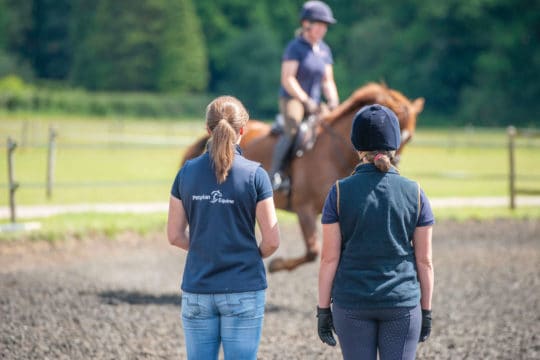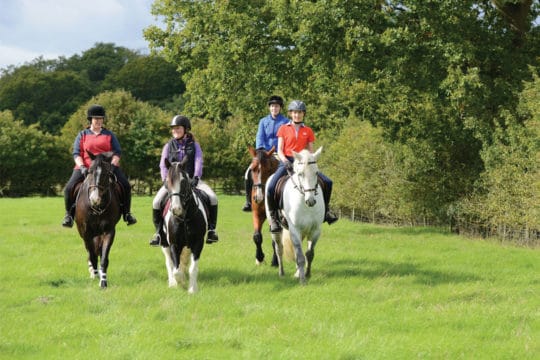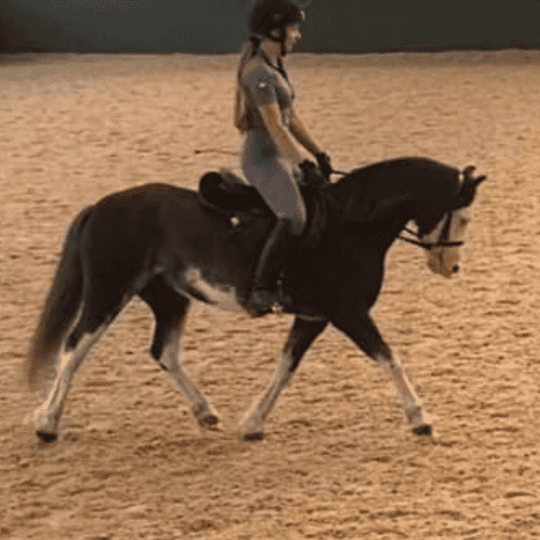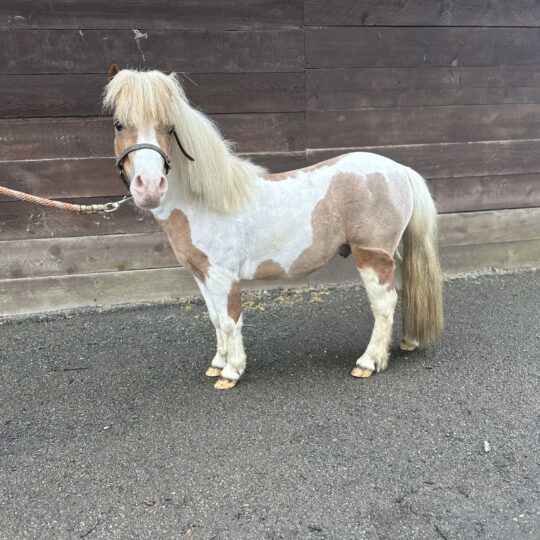When you’re happy that you’ve met your perfect match, the next step is to think about the vetting. Equine vet Juliette Edmonds guides you through the process
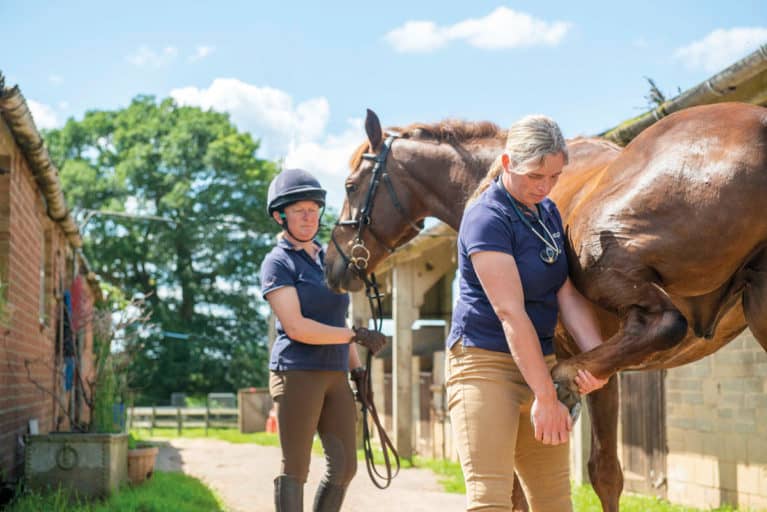
It’s easy to get carried away when you’ve got your heart set on something, as we all know, but buying a new horse is a big undertaking, so you need to be sure you’re doing the right thing. So, after the potential horse of your dreams has passed all of your own stringent checks – plus those of the knowledgeable friend you dragged along with you – what should you do next? Book him in for a pre-purchase examination, commonly known as a vetting.
Just as you might perform a risk assessment for scenarios at work, a vetting is a similar exercise used to help highlight potential problems in the horse and evaluate whether he’s fit for your purpose. Plus, by calling a vet out to your potential purchase, you’re inviting a further set of impartial but experienced eyes to take a look.
Who can do a vetting?
Put simply, any qualified vet can carry out a pre-purchase examination. When narrowing down your choice, your options include…
- your usual vet If you already have a good relationship with your current vet, they should be your first choice. They’re well-suited to advise whether a horse is fit for your purpose because they have the best understanding of your situation, and you’ll already have a rapport with them. Many practices are happy to travel a considerable distance, however this will incur a fee
- an impartial vet In some cases, such as if the prospective horse is a great distance from your local area, it’s more cost-effective to opt for a nearby vet. However, if you don’t know the vet, it can mean they don’t have as good an understanding of your purpose
- the vendor’s vet When you employ a vet to carry out a vetting, you become their client, so they’re obligated to do a thorough job on your behalf. However, this can lead to a conflict of interest for a vet who doesn’t want to damage their relationship with an existing client. For this reason, many vets would refuse to do this, or suggest a colleague who hasn’t seen the horse previously carry out the examination
Did you know?
If the horse being vetted is a client of the practice, they’re required to disclose his clinical history. If the vendor refuses, the vet would be unable to carry out the examination.
Should I be there?
Unless there’s a very good reason why you can’t attend, it’s always best to be present for the vetting. This gives you the chance to discuss the process with the vet and allows them to explain the significance of any findings. Any niggles or small issues that come up which could be hard to describe on paper – for example, a gait abnormality or minor skin issue – can be shown and discussed there and then.
Being there in person will also offer you peace of mind – because you can see everything the vet’s doing, you’ll be less likely to worry that they’ve missed anything.
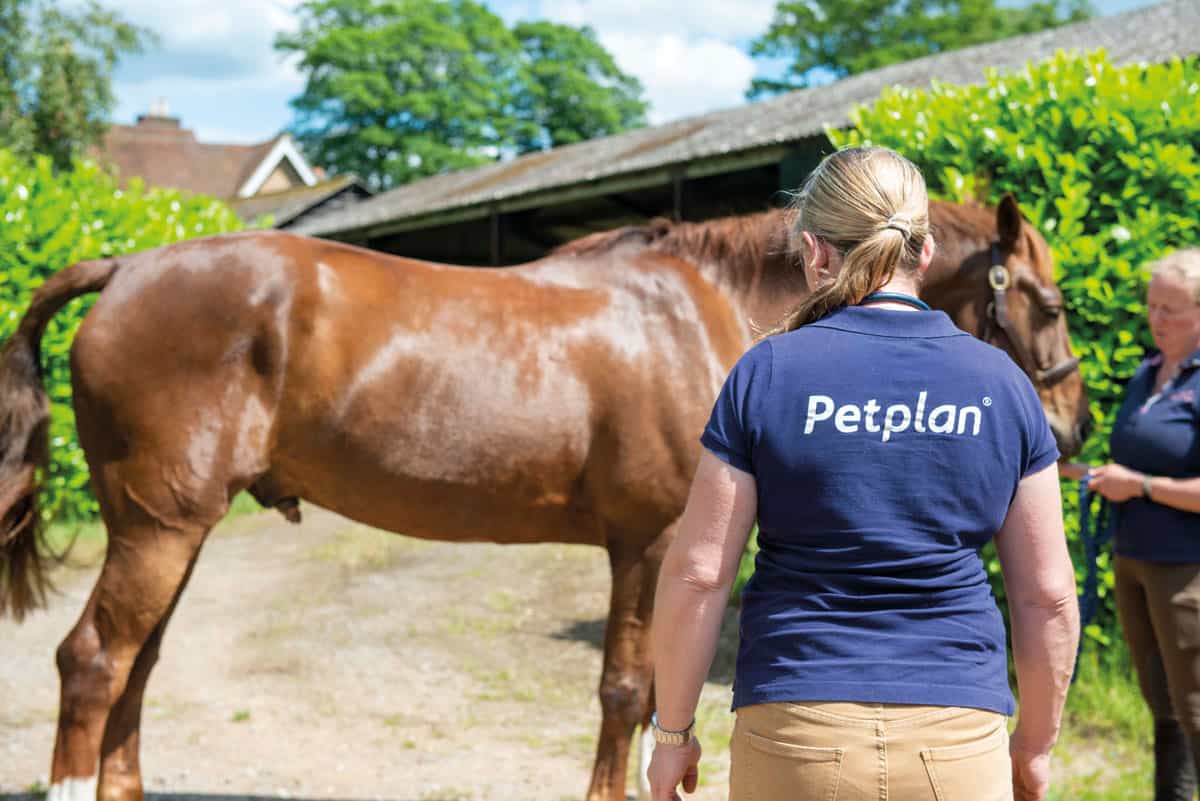
If you can’t attend the vetting, these conversations can, of course, take place over the phone. However, it’s difficult to recount a full two-hour vetting over the phone or even on paper.
Top tip
If your vet isn’t able to travel to the area of the vetting, ask them for recommendations of a local practice. Vets often have extensive networks of contacts and should be able to put you in touch with someone reputable.
What’s involved?
A vetting is a detailed clinical examination that assesses whether a horse has any pre-existing conditions that may affect his ability to carry out the activities he’s intended for. It’s broken down into five stages…
1. Preliminary examination
The first step is to ensure the vet has the correct horse in front of them, which requires checking his passport, microchip and possibly his vaccination history. The horse is then examined at rest in the stable, which involves…
- listening to his heart and lungs
- checking his eyes
- looking at his incisors to check if his age appears to match the passport
- checking his body for signs of external injury or disease – lumps and bumps, scars, sarcoids or signs of previous injury
2. Examination in walk and trot
Next, the horse is walked, trotted, turned and reversed in-hand on a hard, level surface while the vet checks for lameness or gait irregularities. Flexion tests are then conducted on each leg and the horse is trotted up again to look for asymmetry. If there are any slight concerns at this stage, flexion tests are often repeated at stage five.
After the flexion tests, the horse is then briefly lunged on a hard surface in walk and trot on each rein. The purpose of this is to exacerbate any low-grade or underlying lameness that might not have been evident on a straight line.
Top tip
When vetting an older horse or one who’s had a busy ridden career, the vet may expect to see mild changes after a flexion test. However, in a younger horse or one with few miles on the clock, any changes could indicate a more severe problem.
3. Exercise
During this stage, the horse needs to be exercised to exertion – usually ridden, but if this isn’t possible, it can be carried out on the lunge or by loose-schooling. The vet will look out for any negative behaviours, such as a dipped or cold back, as well as any abnormal movement at walk, trot and canter, as well as over jumps if necessary. At the end of the period of exercise, they’ll also listen to the heartbeat and check for any abnormalities or signs of problems with his heart and lungs.
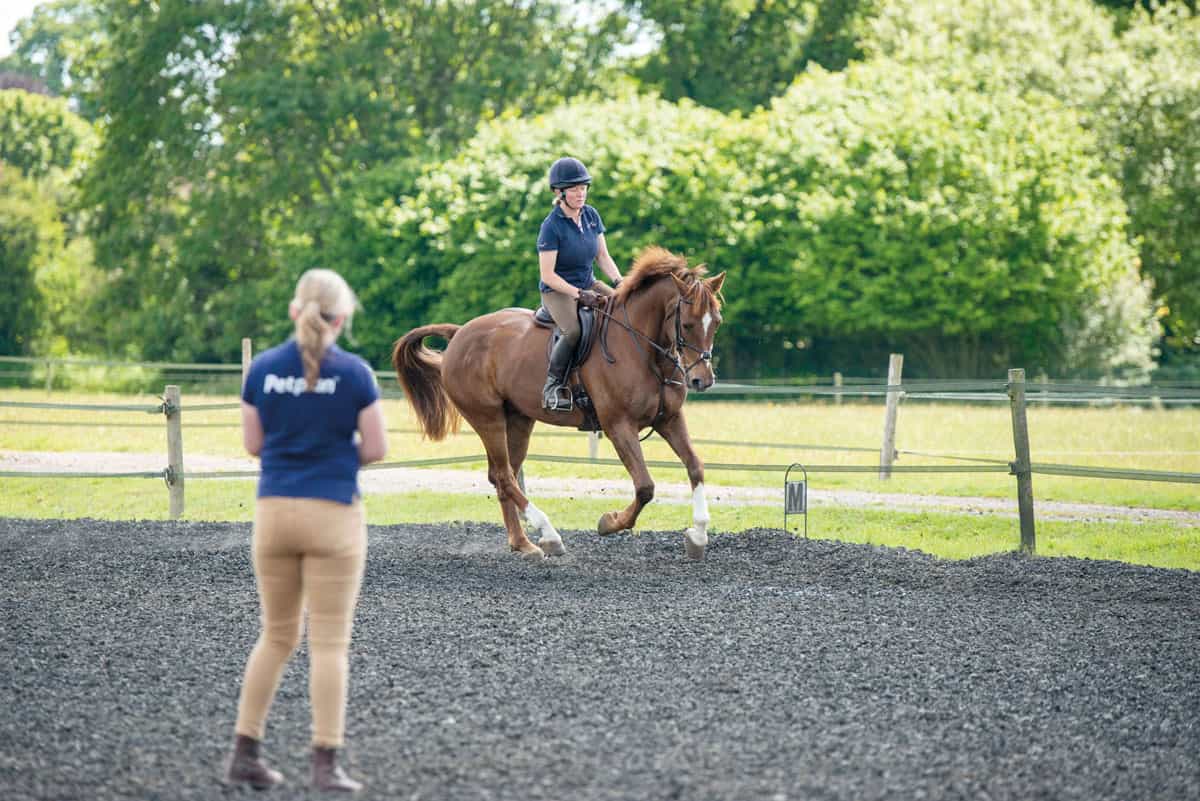
4. Rest and re-examination
The horse is given a 20–30 minute period of rest, during which his respiratory and cardiovascular systems are monitored as they return to normal levels. This time can be used to draw up the horse’s markings on a diagram for the certificate, and check for the location of the microchip if this wasn’t done earlier. A blood sample can be taken at this point, too, which will be held at a storage facility for six months in case of possible future testing, after which point it’s usually discarded. If there’s a problem with the horse post-purchase, the sample can be tested for the presence of pain killers, sedatives or other drugs.
5. Second trot-up
To finish, the horse is again trotted in-hand, to see if any gait abnormalities are evident after exercise and subsequent rest. If there are any concerns, he may have flexion tests repeated or be lunged on a hard surface again for peace of mind.
Two- or five-stage?
There are lots of areas of horse ownership where you might be able to scrimp and save from time to time, but now is certainly not the time to be thrifty. A two-stage vetting might seem more appealing for your wallet, however it only covers very basic checks of the horse’s condition and soundness.
The money you save here will soon be surpassed if you discover issues further down the line that could’ve been spotted before you’d made the commitment. In the long-run, a more thorough, five-stage vetting is well worth the investment.
Do I need X-rays?
With radiographic equipment becoming increasingly portable, more owners are considering having X-rays done. They’re most commonly carried out for higher-value horses, or for horses being sold abroad where it’s more commonplace.
While it’s important for the vet to be able to get as much of an all-round picture of the horse in question as possible, an X-ray cannot predict the future. It might come back perfectly clean yet the horse could have considerable soundness issues later on, or some abnormalities may show up that never affect him.
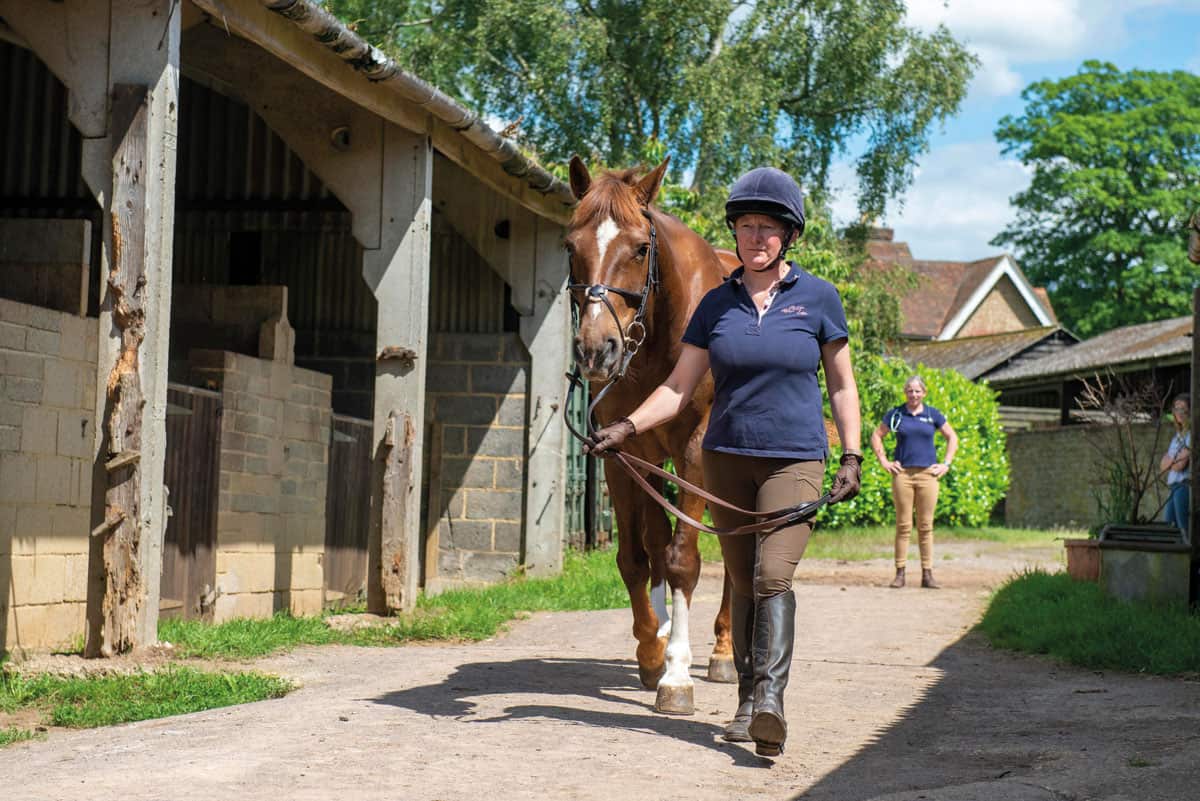
Is it as simple as pass or fail?
The criteria between a pass and fail vary and all come down to suitability and whether the horse in question is fit for your purpose – it’ll differ greatly between a Riding Club all-rounder and a five-star eventer.
On completion, the vet will give their opinion, as seen on that day, whether on the balance of probabilities the horse will be suitable for the purpose and activities you need him for.
Did you know?
Because a vetting is based on one day, and tailored to the purpose of the buyer, they’re not transferable. Remember, one person’s pass may be another person’s fail, so always have the examination done yourself.
What information do I need for my insurance?
Leanne Hope, Product Underwriter at Petplan Equine, advises:
Once you’re ready to buy and bring home your new horse, there’s one final consideration – insurance. When insuring a new horse, there are a few crucial details you’ll need to pass on to your insurer…
- vital statistics As well as breed and age, you’ll need to share the horse’s value and the activities that you plan to do, to ensure your policy is fit for purpose
- veterinary history You need to ask the vendor for a comprehensive history of any injuries or illnesses the horse has had. It’s worth asking about these and sharing this information with your preferred insurer before purchase, because it may highlight any exclusions that would be placed on your policy and may impact your decision to buy the horse. Not disclosing any history that you’re aware of could result in future claims not being paid or affect your cover, so be transparent with your insurer
- vetting findings Depending on the age and value of your horse and whether you need permanent loss of use cover, your insurer may ask you to provide a two- or five-stage vetting. This often needs to be no more than 30 days old at the date of insurance application. It’s worth noting if you’ve had the horse vetted previously, your insurer may wish to see this
It’s important you don’t delay insuring your new horse and to do so at purchase. Even if your horse doesn’t need a vetting for insurance purposes, most insurers have a 14-day period during which injury is covered but illness isn’t. By insuring at purchase, you can ensure he’s fully covered as soon as possible, so you have peace of mind knowing you can call the vet without worrying about the cost – and concentrate on enjoying your new horse!
In association with petplanequine.co.uk




